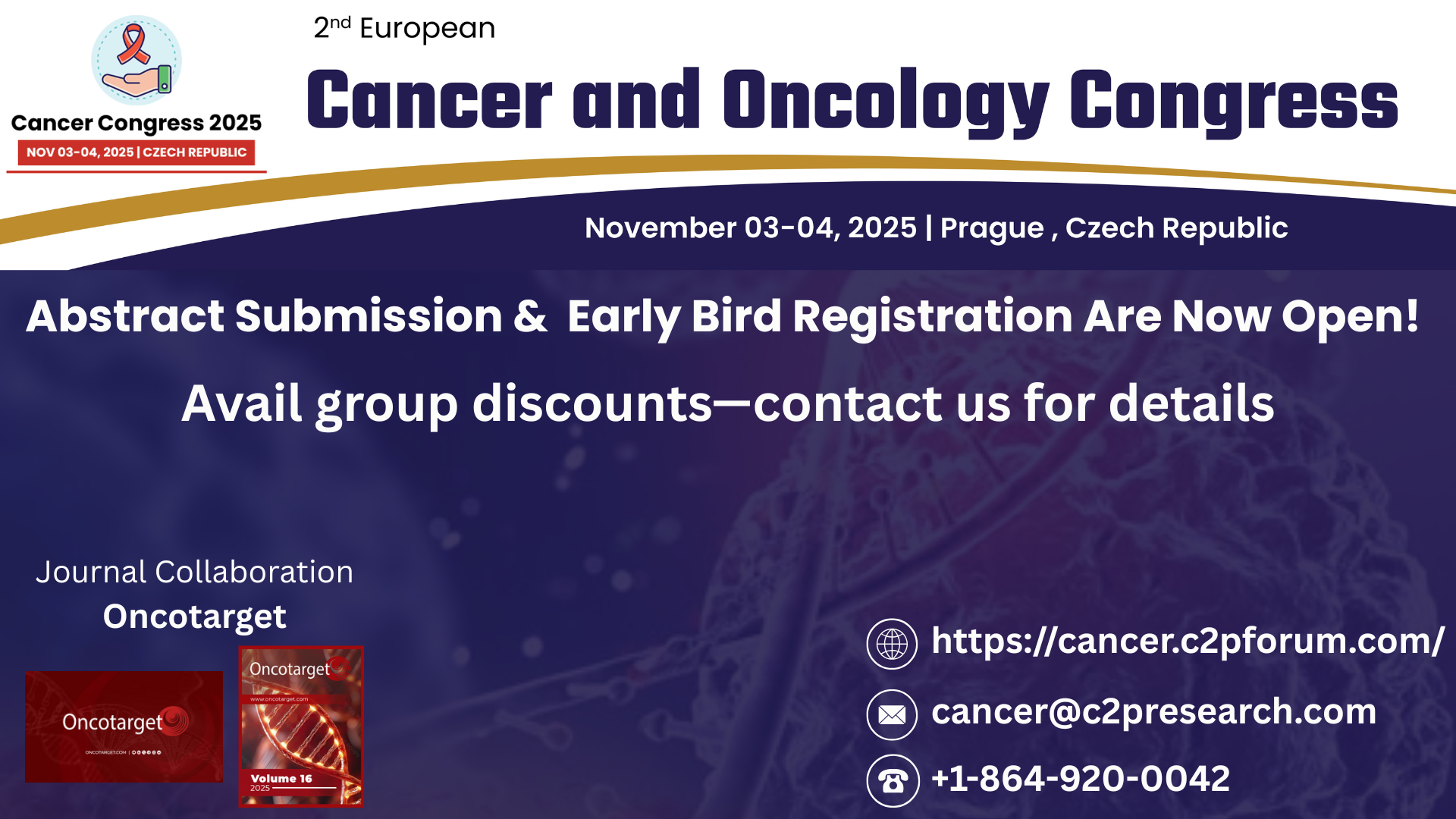Research Papers:
Circulating tumor cells as a prognostic and predictive marker in gastrointestinal stromal tumors: a prospective study
Metrics: PDF 2378 views | HTML 2583 views | ?
Abstract
Qiang Li1,*, Xiaofei Zhi1,*, Jianping Zhou2,*, Ran Tao1, Jiaxuan Zhang1, Peisheng Chen1, Oluf Dimitri Røe3,4,5, Luning Sun6, Lilin Ma1
1Department of General Surgery, Affiliated Hospital of Nantong University, Nantong, China
2Department of Gastrointestinal Surgery, Affiliated Yixing Hospital of Jiangsu University, Yixing, China
3Clinical Cancer Research Center, Aalborg University Hospital, Clinical Institute, Aalborg, Denmark
4Cancer Clinic, Levanger Hospital, Nord-Trøndelag Health Trust, Levanger, Norway
5Department of Cancer Research and Molecular Medicine, Norwegian University of Science and Technology, Trondheim, Norway
6Research Division of Clinical Pharmacology, First Affiliated Hospital of Nanjing Medical University, Nanjing, China
*These authors have contributed equally to this work
Correspondence to:
Lilin Ma, e-mail: [email protected]
Keywords: circulating tumor cells, ANO1, DOG1, gastrointestinal stromal tumors, recurrence
Received: October 16, 2015 Accepted: April 16, 2016 Published: May 2, 2016
ABSTRACT
Background: Circulating tumor cells (CTC) are prognostic and predictive for several cancer types. Only limited data exist regarding prognostic or predictive impact of CTC on gastrointestinal stromal tumor (GIST) patients. The aim of our study was to elucidate the role of CTC in GIST patients.
Results: A total of 121 GIST patients and 54 non-GIST samples were enrolled in the study. The cutoff value for ANO1 positive was 3*10-5 and 65 (54%) GIST patients were defined as ANO1 positive. ANO1s were more frequently detected in unresectable patients. Tumor size, mitotic count and risk level were associated with ANO1 detection in resectable GIST patients. The presence of ANO1 significantly correlated with poor disease-free survival (15.3 versus 19.6 months, p = 0.038). Most patients turned ANO1-negative after surgery and inversely, all 21 patients with recurrence turned ANO1-positive with high ANO1 expression levels. Moreover, in the neoadjuvant setting, decline of ANO1 expression level correlated with the response of imatinib.
Methods: Cells from peripheral blood mononuclear cells tested positive for anoctamin 1, calcium activated chloride channel, ANO1 (DOG1) were considered as tumor CTC of GISTs. The expression levels of ANO1 were determined using quantitative real-time polymerase chain reaction (qRT-PCR). The highest level of ANO1 expression in non-GIST samples was used as the “cutoff” value.
Conclusion: ANO1 detection by qRT-PCR in peripheral blood is of clinical potential for monitoring recurrence and evaluating therapeutic efficacy of imatinib for GIST patients.
 All site content, except where otherwise noted, is licensed under a Creative Commons Attribution 4.0 License.
All site content, except where otherwise noted, is licensed under a Creative Commons Attribution 4.0 License.
PII: 9128

